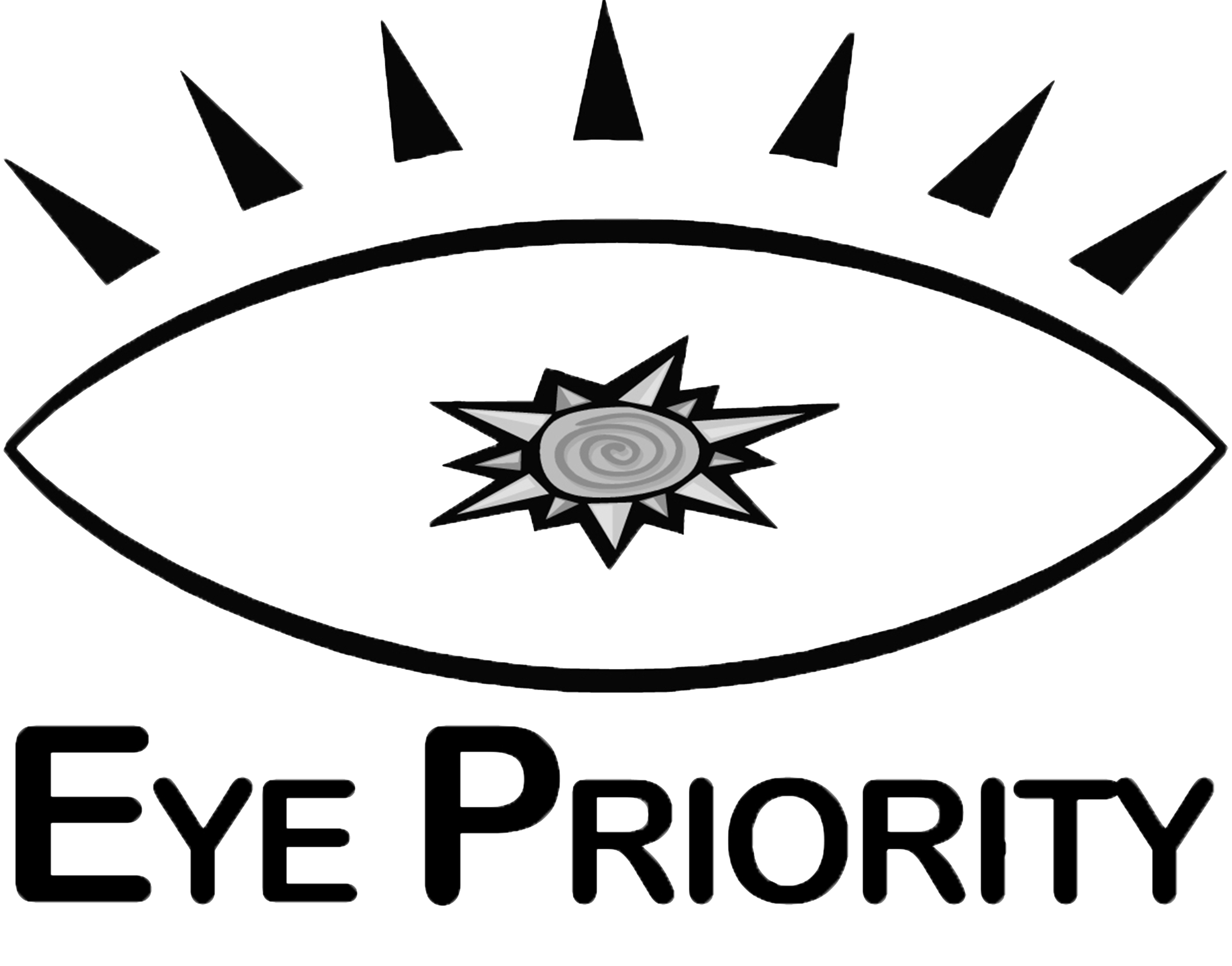When 20/20 is not enough: Does your child’s eye health add up?
When it comes to a child’s vision, 20/20 may be misleading, as it’s not necessarily the numbers you want to see. In fact, routine eye screenings may fall far short of giving a clear picture of overall eye health.
Dr. Kelly de Simone, of Eye Priority, said she is seeing more children—and younger children—who are experiencing problems with their eyes. She explains why and provides the following tips for parents:
Q: Why are more children experiencing problems with their vision?
A: Kids—even very young kids—are spending too much screen time. Unlike looking at things in 3-D, the two-dimensional images on the flat screen, don’t help the eyes to develop the tracking, good depth perception and the eye movement required for comfortable reading. Not only that, but kids are being pushed to read at an earlier age; kindergarteners, although their eyes may not be ready to do so, are expected to spend as much time and to read at the level third graders once were.
Q: How can I tell if my child is experiencing problems with his vision?
A: Vision problems can show up in a number of ways. Children may see the words moving on the page. They may feel dizzy or have a stomachache. They may wiggle in their chairs as their “vision attention span” is not fully developed. Children experiencing eye strain or vision problems may confuse letters; for example, they may see “was” instead of “saw.” Letters may look squished together or the same letter may look different at different places on the page. Children with vision problems may have difficulty copying from the board, may have poor handwriting or may lose their place when they read. They may have difficulty catching or hitting a baseball or may not like sports.
Q: My child has had a vision screening, shouldn’t that be enough?
A: Vision screenings are not full exams. In fact, the 20/20 measurement that once was thought to signal “good eyesight” was developed in the 1860s and doesn’t measure peripheral vision, depth perception, color perception, ability to perceive contrast, eye fluid pressure or the condition of the retina. To ensure your child has the best eye health possible, at any sign of symptoms or any developmental delays, make an appointment for a thorough eye exam. Many of the most prevalent problems don’t require glasses, but do require vision therapy to remediate what hasn’t developed on its own.

